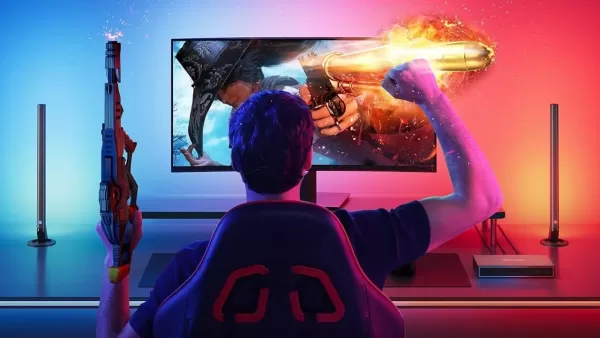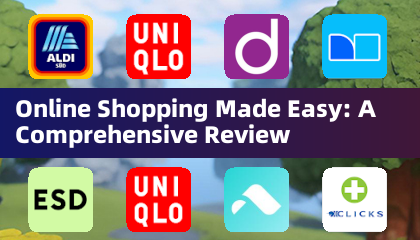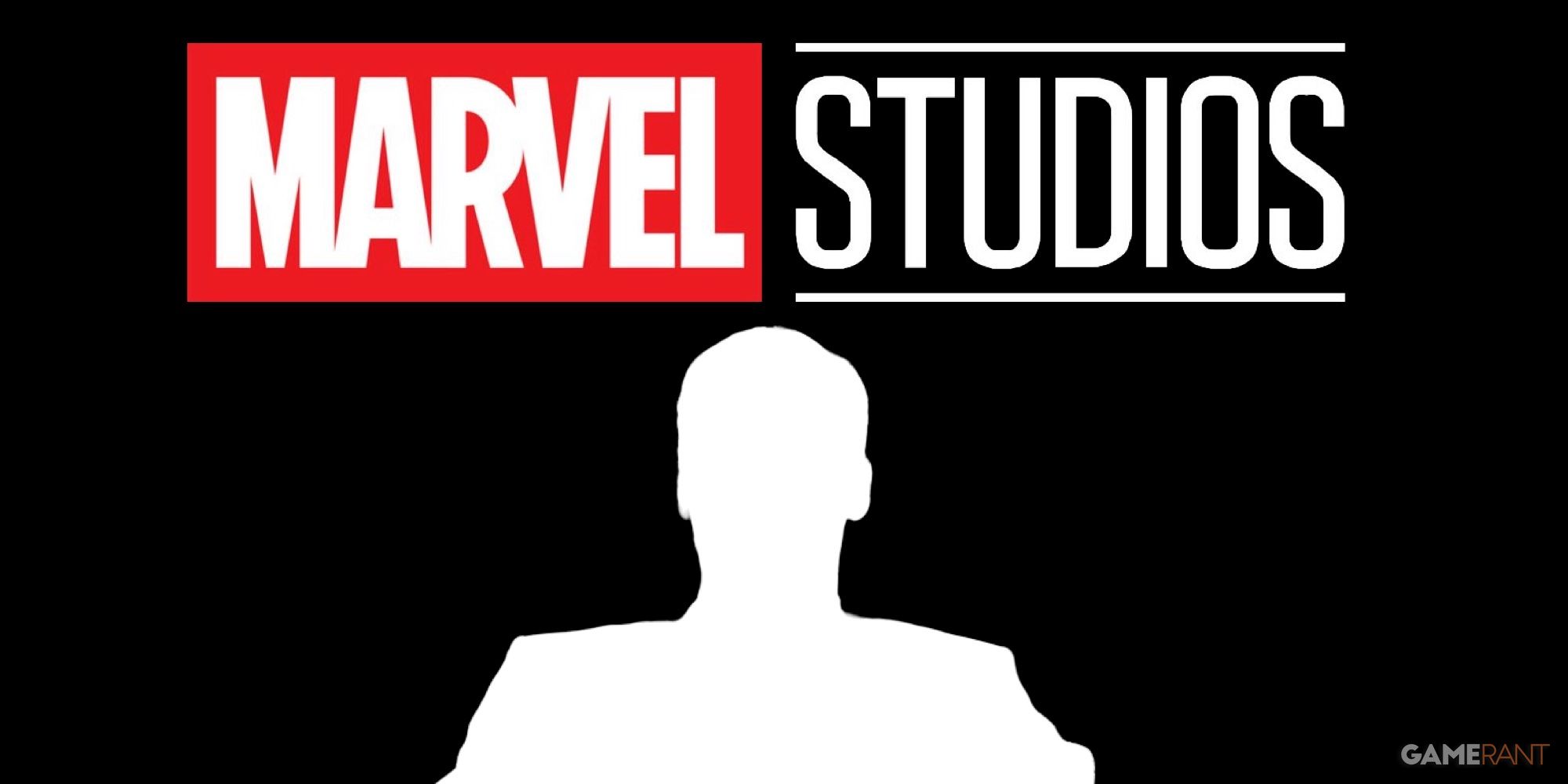Microsoft's recent partnership announcement with AMD regarding next-gen Xbox "devices" may seem unexpected, but it perfectly aligns with the evolving gaming landscape. This collaboration naturally sparks discussions about the future of gaming experiences.
The hardware manufacturer revelation is significant, but the true headline is Xbox's commitment to collaborate with Windows teams to establish Windows as the premier gaming platform. Following last week's ROG Xbox Ally X reveal, this strongly suggests the next Xbox will essentially function as a gaming PC.
Deepening Windows Integration
Modern Xbox consoles have progressively adopted PC-like characteristics, particularly in their operating systems. The Series X interface bears undeniable similarities to Windows, especially noticeable for users familiar with Windows 8 and 10.
In Microsoft's AMD collaboration video, Xbox president Sarah Bond emphasized their vision: enabling players to enjoy games anywhere, with anyone, on any device. This philosophy isn't new—Microsoft's Play Anywhere initiative has facilitated cross-platform gaming for years—but current developments suggest potential expansion.
As someone who games across multiple platforms, the seamless progress transfer through Play Anywhere has been invaluable. Microsoft appears ready to expand this ecosystem further - Bond's mention of an Xbox experience beyond a single storefront suggests potential Steam and Epic Games Store integration.
This direction makes strategic sense considering Microsoft's recent ROG Ally X collaboration, which supports multiple PC storefronts. Why wouldn't they extend this flexibility to their flagship console?
ROG Ally X: The First Hybrid Step
The ROG Xbox Ally X stands apart from other Windows handhelds through its Microsoft-partnered customized Windows version. While specific modifications remain unknown, it's confirmed the system will omit unnecessary desktop elements.
More significantly, the device boots directly into an enhanced Xbox App interface. This mirrors SteamOS's approach on Steam Deck, prioritizing gaming performance by eliminating desktop overhead unless manually accessed.
If the next Xbox runs Windows, this optimized approach becomes essential. Consoles traditionally outperform similarly specced PCs precisely because their streamlined software allows better resource allocation. Microsoft's development of these tools for ROG Ally X strongly hints at broader application.

The Case for an Xbox-PC Hybrid
Contemporary PC gaming faces significant pricing challenges despite unprecedented hardware diversity and capability. Even exceptional devices like SteamOS-powered handhelds carry premium prices compared to consoles.
Microsoft shares responsibility here—Windows licensing fees contribute to higher PC hardware costs. This explains why similarly specced Windows devices often exceed Steam Deck's price point.
Consoles traditionally employ a different economic model, subsidizing hardware costs through software sales. Microsoft now has opportunity to apply this approach to specialized gaming PCs.
With PC gaming's growing popularity, a competitively priced Xbox-PC hybrid could attract entirely new audiences to the platform—especially crucial given persistent GPU pricing challenges.
 Home
Home  Navigation
Navigation






 Latest Articles
Latest Articles








 Latest Games
Latest Games












